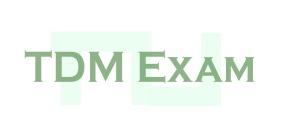
According to U.S. Preventive Services Task Force (USPSTF) guidelines, Adults aged 35 to 70 years who have overweight or obesity would benefit from screening for prediabetes adn type 2 diabetes. Thus timely treatment or referral of patients with prediabetes to effective preventive interventions could be achieved.
While the previous recommendations include adults aged between 40 to 70 years, the newer guidelines recommends starting screening all non-pregnant adults aged 35 to 70 years.
Implementing USPSTF on practice level:
When providing primary care services to your patients, assess the risk of diabetes during patients' encounters by obtaining height and weight measurements to determine Patients' Body Mass Index (BMI = weight in Kg ÷ (height in Meters)^2. Overweight is defined as BMI ≥25, while obesity is characterized by BMI ≥30.
Screen patients who are 35-70 years who have either overweight or obesity for prediabetes and type 2 diabetes through measuring fasting plasm glucose or HbA1c leve or an oral glucose tolerance test.
Frequency of screening:
It is reasonable to screen every 3 years for adults with normal blood glucose levels.
Exceptions:
Consider screening at an earlier age if the patient is from a ppopulation with a disproportionately high prevalence of diabetes (aboriginal population and Black) and at a lower BMI (≥23) if the patient is Asian.
Reference:
USPSTF
